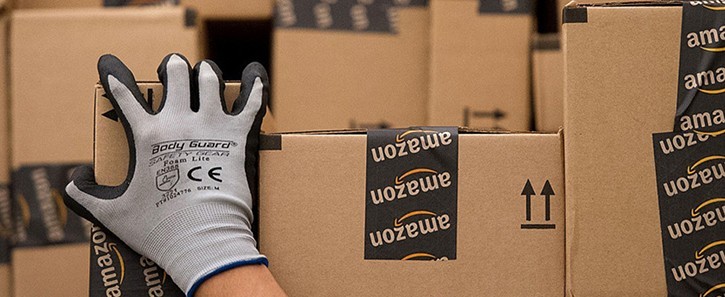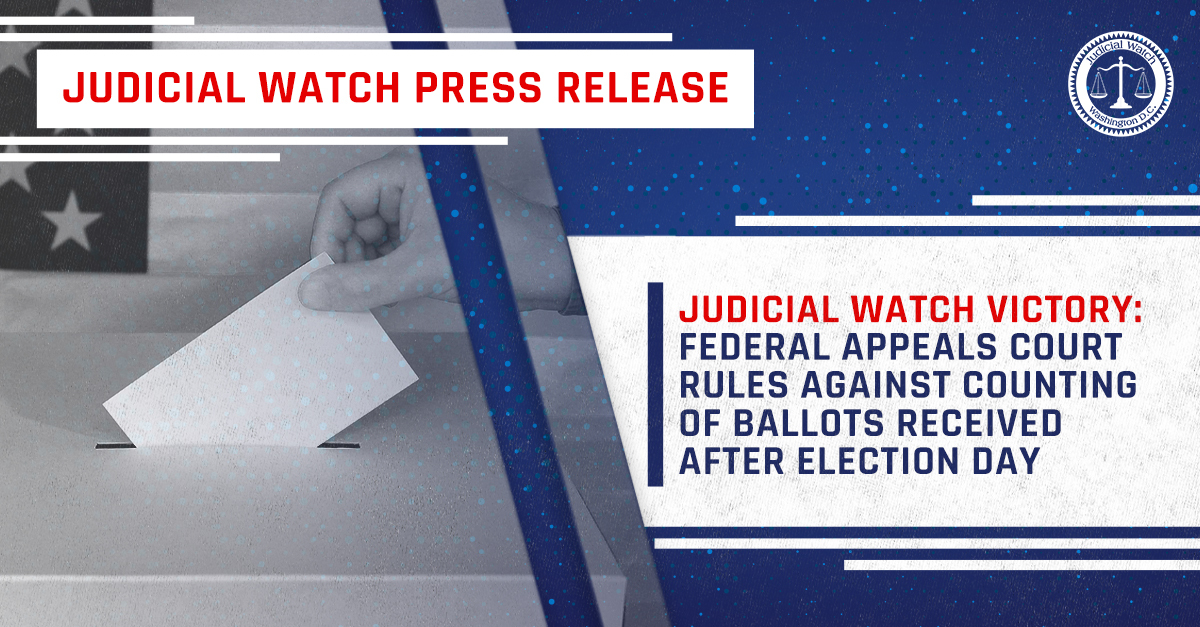

Food-Stamp Recipients Can Order from Amazon, Other Online Retailers


Food-stamp recipients can use their taxpayer-funded benefit to order online from retailers like Amazon under a new Obama administration initiative that aims to facilitate the shopping experience for rural and urban residents. It marks the latest of many costly experiments by the administration to expand the fraud-infested program, which has seen a record-high number of beneficiaries under President Obama. To eliminate the welfare stigma, the administration renamed food stamps Supplemental Nutrition Assistance Program (SNAP) and the rolls swelled to an astounding 46.5 million in 2016. This cost American taxpayers and eye-popping $70 billion, according to government figures.
It’s all part of the president’s longtime goal to eradicate what he and the First Lady call an epidemic of “food insecurity” among the nation’s low-income residents. Part of the problem is that this demographic has limited access to healthy food choices, the administration says, and the government must provide them with nutritional options. This is why taxpayers have been forced to dole out tens of millions of dollars to bring fruits and vegetables to the nation’s inner cities, coined “food deserts” by the administration because they lack healthy fare. The new online ordering program will help address this, according to the federal agency that runs the bloated food-stamp program, the U.S. Department of Agriculture. (USDA).
“Online purchasing is a potential lifeline for SNAP participants living in urban neighborhoods and rural communities where access to healthy food choices can be limited,” USDA Secretary Tom Vilsack said in a statement announcing the new program this week. “We’re looking forward to being able to bring the benefits of the online market to low-income Americans participating in SNAP.” Besides Amazon, a few other online businesses have been approved by the feds to accept food stamps online, including Hy-Vee, Hart’s Local Grocers, Safeway and ShopRite. The USDA acknowledges however, that “online payment presents technical and security challenges that will need to be examined and fully addressed…”
It’s the last thing that an out-of-control government program, long plagued with fraud corruption, needs. Under the Obama expansion SNAP has suffered a multitude of serious problems. Back in 2012 a federal investigation uncovered evidence that food-stamp recipients were using the benefit to buy drugs, weapons and other contraband from unscrupulous vendors. A year later Judicial Watch broke a story, based on testimony and other evidence provided by a whistleblower, about the U.S. government knowingly giving illegal immigrants food stamps for decades. That was followed by another disturbing scheme in which SNAP benefits were being sold online using social media such as Facebook, Twitter and ecommerce websites like Craigslist and eBay.
Earlier this year federal authorities in south Florida busted the largest food-stamp fraud operation in U.S. history. Twenty-two defendants in the largely black and Hispanic areas of Miami-Dade County known as Opa-Locka and Hialeah swindled the government out of $13 million by fraudulently trading food stamps for cash. The crooked vendors operated food and produce stands at a local flea market as part of First Lady Michelle Obama’s initiative to eradicate “food deserts,” common in poor, minority communities where fresh, healthy food is tough to find or often unavailable. The feds say the business owners and their employees let food-stamp recipients use their welfare benefit to get cash in exchange for a cut of the money. They swiped the recipient’s SNAP card for an inflated amount, doled out cash and kept a percentage. In most instances the recipient didn’t actually get food, according to federal authorities.















